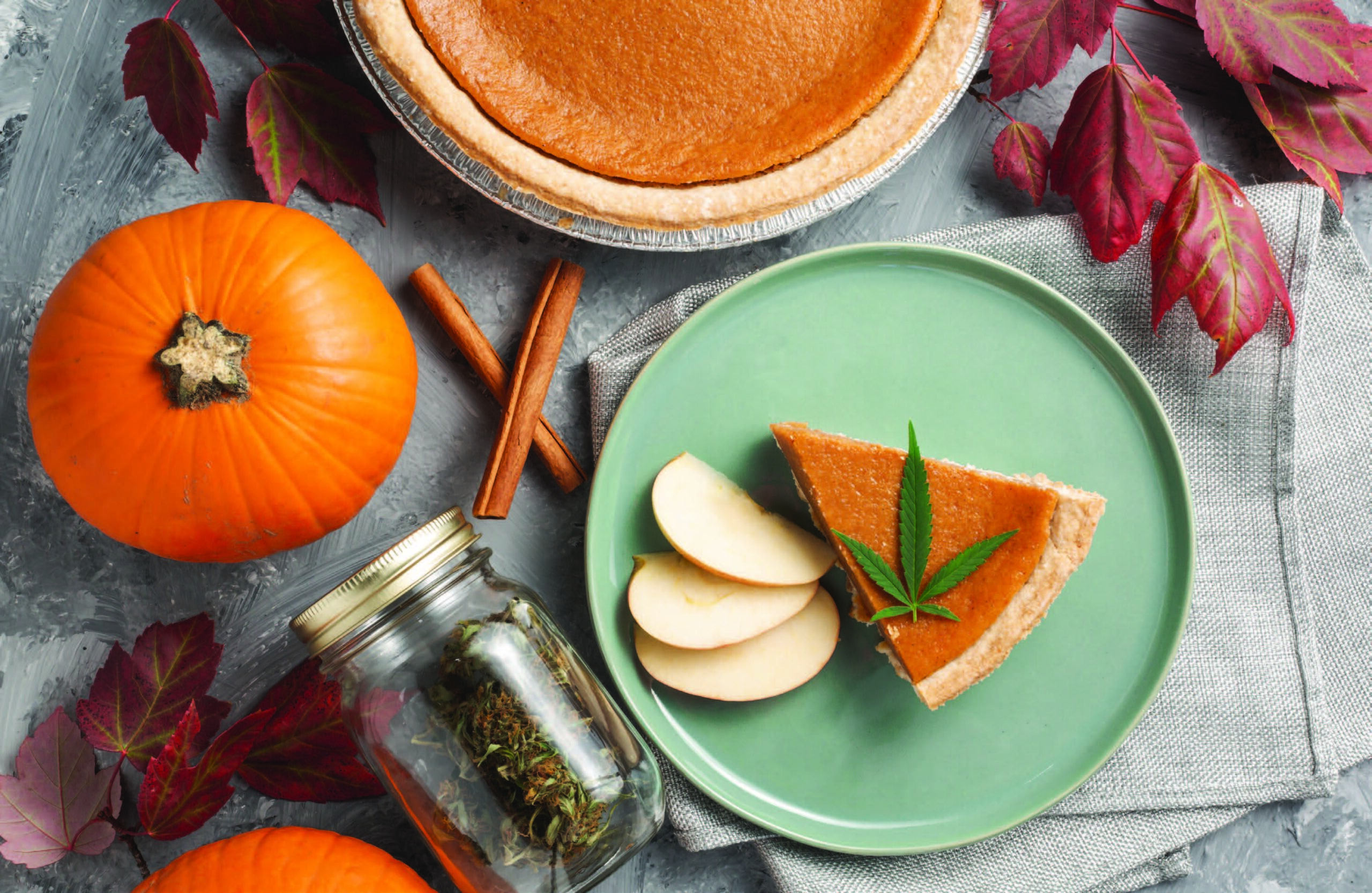We’re coming up on a few holidays that we celebrate by preparing huge, feed-an-army-style meals, so it seems like a good time to put a bug in your ear about food waste. I’m not just talking about save-the-environment style initiatives (although there are many compelling reasons to compost instead of sending your waste to the landfill). I’m talking about creating a new kitchen economy that will save your pocketbook by keeping food waste to a minimum.
As someone who once loathed leftovers, I can tell you that reducing my personal food waste has been quite the journey. For the longest time, I didn’t want to eat last night’s dinner for lunch (and I still don’t really want to). Instead of reaching for that prepared Tupperware filled with tasty goodness, I’d opt for take-out instead. That got expensive, and it wasn’t exactly healthy, either. It took three simple words to get me to change my mindset: re-purpose your leftovers.
It actually happened while working at a restaurant. My sous chefs kept coming to me with their problems. What should I do with this leftover risotto? What about the extra mashed potatoes from last night? We pickled way too many beets last week; should I throw them away? The questions were constant, as was my headache in those days. You see, we sourced seasonal ingredients, which meant the majority of our menu was daily or weekly specials. Since they ran for a limited time, we were perpetually 86’ing things or dealing with tons of leftovers.
I knew that throwing away organic, locally-grown produce would seriously impact my food cost, which would not make my bosses happy. I also had some moral qualms about it. After all, my farmer friends had worked so hard to grow and harvest these ingredients, only to resign them to a fate in the dumpster? No, throwing away leftovers was not an option.
So, we learned to reuse the things we could and re-purpose the rest. We found that most food (especially the starch-heavy kind) couldn’t be served as-is, because they tasted lackluster the next day, so we started thinking outside the box. That extra risotto was balled up, stuffed with cheese, and fried to become the night’s arancini small plate special, and those mashed potatoes made an excellent loaded baked potato soup. As for things like pickled beets, there wasn’t a salad, sandwich, or dip that couldn’t benefit from a burst of their sweet-and-tangy flavor.
Once we began, we could hardly stop. It became a game – a challenge – to take whatever was left and turn it into a fun new dish. I started doing it at home, too. I found that almost anything in the fridge could be turned into a casserole or soup by simply tossing it into a pot or a baking dish. Leftover meats and vegetables become center-stage for a rice bowls or burritos. Extra pastrami turns into sandwiches today and tacos tomorrow. And if there are still leftovers, just put an egg on it and it becomes part of breakfast hash or chilaquiles.
I started looking at all my food with this new sense of clarity. How could I save it if it was starting to go bad, and what could I do with the scraps? I learned to use it all, chopping broccoli stems into small bits and cooking them alongside the florets. I save vegetable scraps and chicken carcasses in the freezer for my next batch of homemade stock. Nearly spoiled milk turns into ricotta (which, in turn, is made into cavatelli noodles or used for lasagna, cannoli, or a spread for toast). Extra eggs are hard boiled for salads or bowls of ramen, and meats are braised or turned into stews before living a long and healthy life in the freezer. Vegetables are pickled, and the too-wilted ones are perfect for juicing or making soup. I’ll even have some fun with infusions, tossing excess herbs into vinegar or lemon peels and other aging fruits into jars of vodka to create limoncello and other fruit liqueurs.
The possibilities are literally (not figuratively) endless once you start looking at your food in a different way. Every item you glean not only saves you money on your next grocery bill, but also keeps your food out of the garbage. As much as 40 percent of the food grown in the U.S. goes from farm to fork to landfill, which not only wastes the food itself but also the resources used to grow it (labor, water, fertilizers, gas for transportation, and so on). And landfills aren’t designed to break down waste – just store it – which means it’s there forever, releasing methane gas as it slowly decays.
That’s a sad fate, so don’t let that happen to your food. There are a million ways to reuse and re-purpose your food (even if you hate leftovers). Get creative and have some fun.
Lindsay D. Mattison is a professional chef and food writer living in Durango. She enjoys long walks in the woods, the simplicity of New York-style cheese pizza, and she’s completely addicted to Chapstick. Contact her at [email protected].













